
Wine….Is age just a number?
Q: “Hey Geoff,
What’s the go with ageing wine? Is it worth tucking a few bottles away for a few years and what’s the criteria for ageing wine …and how do you do it?”
D. Dixer, Canberra.
A good question! I guess the first question that I raise would be why you want to age wine for, say, longer than twelve months to two years? If you are interested in pure, varietal fruit characteristics, then aging a wine is really of no import. You do not want any bottle age or development to interfere with those lifted, fruity characters that you enjoy so much. Sure, let the wine settle down for a bit if it’s only just been recently bottled and released, but three to six months should be enough to cover any “bottle shock” that the wine experiences. I would like to expand….
“…. But surely there are a number of factors that affect the aging of wine, aren’t there?”
Oh…you’re still… here!... As I was about to say, not all wines are made equally. Wines undergo change depending on variety, the type of climate the vines experience, the area and soils in which it is grown, picking dates, the winemaking methods used, what style the wine was made to, bottling and closures, and what the ultimate consumer wants from their bottle of vino…err…ultimately.
Of course, there are several criteria that leads to a wine being age-worthy. Take Hunter Valley Semillon for example. Here is a variety that has really found a home here and has many admirers for the way it changes over time. The best examples transform from crisp, citrus-like light bodied white wines in their youth and then develop slowly to yield warm toast, lanolin, lemon and fig marmalade-like characters over 10 to 20 years. The things these wines have in common is that they are picked at low-ish potential alcohols of 9.5-11%, have a good acid level and, importantly, a low pH. Most of these wines are bottled early under screwcap as well, which tends to limit the amount of oxygen pickup the wine experiences through its ageing. Increased oxygen pickup means quicker ageing, especially for whites.
“… So, is Semillon the only white wine I can stick away?... Are there any other white varieties I can try? Just asking for a friend!”
Any number of white varieties age like this. One that springs to mind immediately is Riesling. However, folk like different strokes. Many people enjoy an oaked Chardonnay which is fuller and heavier than the preceding wines in their infancy. This is due to later picking dates (leading to higher finished wine alcohols– Ed.) and usually barrel fermentation. This is not to say that these wines won’t age well…. It’s just that they may not compete with the longevity of the “long-distance” varieties previously mentioned.
Again, it’s what you are looking for in a wine! There are exceptions to age-a-bility (is that a word? -Ed), and screwcaps have extended the limits of their age-worthiness. Some varieties are suited to bottle development, others not so much. Traminer is a good example of this, but…
“…Gee … you’re banging on there a bit… what about reds?
…. I’ve seen some good examples of older Traminers as well…err…. Reds? Well, they’re a different proposition altogether…. All the factors still apply as to what helps longevity in a white wine, but now we add in the factors of tannin and extract in the wine due to the way it is produced in contact with skins. Those wines that are built to last generally have a nice touch of tannin in their make-up, as well as good colour and high-ish alcohol. They may be a challenge to drink in their youth, but reward careful cellaring. As reds age, the varietal fruit characteristics make way to tertiary aromas of leather, autumn leaves, mushrooms and earth, cigar box, and cedar. If these characters float your boat, then cellar your wine to age. You’ll also see a few more corks in reds traditionally, although screwcaps are very popular. Again, oxygen permeation plays a big part in a wine’s ability to age, but reds handle it a bit better due to the increased tannin in their make-up.
“…See, you say that, but how should I cellar my wine...”
Well, ideally in a dark, cool place with little vibration, ensuring you’re keeping the cork wet in those wines that are cork finished. Big fluctuations in temperature and humidity aren’t great for ageing wine, but if all you can afford to do is hide your red under the bed, then do that! If you are really interested in cellaring your wine, buy more than a few bottles of the wines you like, and open one occasionally over a reasonable amount of time to note the changes. I’ve certainly been surprised when opening a bottle of a variety that is not meant to cellar well, only to find the wine is still very drinkable and interesting. Colour is a good indicator of whether a wine has run its race. Whites can be golden after ten years or so, but a tannish brown is generally not a good sign, and reds can be garnet or brick-red but muddy brown probably means you deep-six it. By all means, try it. Who knows! It might be right up your alley.
“What about if I like aged wines and I go back to buy some more, and the winery has run out or they are a bit more expensive?”
My advice is to look carefully at what you have purchased before and, if you’ve had a good experience, then buy a few more initially to hang onto. You can put your mind at rest knowing you might have a treasure sitting in the rack that is worth a bit more later and have spread the cost out over a few years. You can always replace an older vintage for a younger one as well and compare them both on one occasion.
Written by Geoff Broadfield
Chief Winemaker, Iron Gate Estate
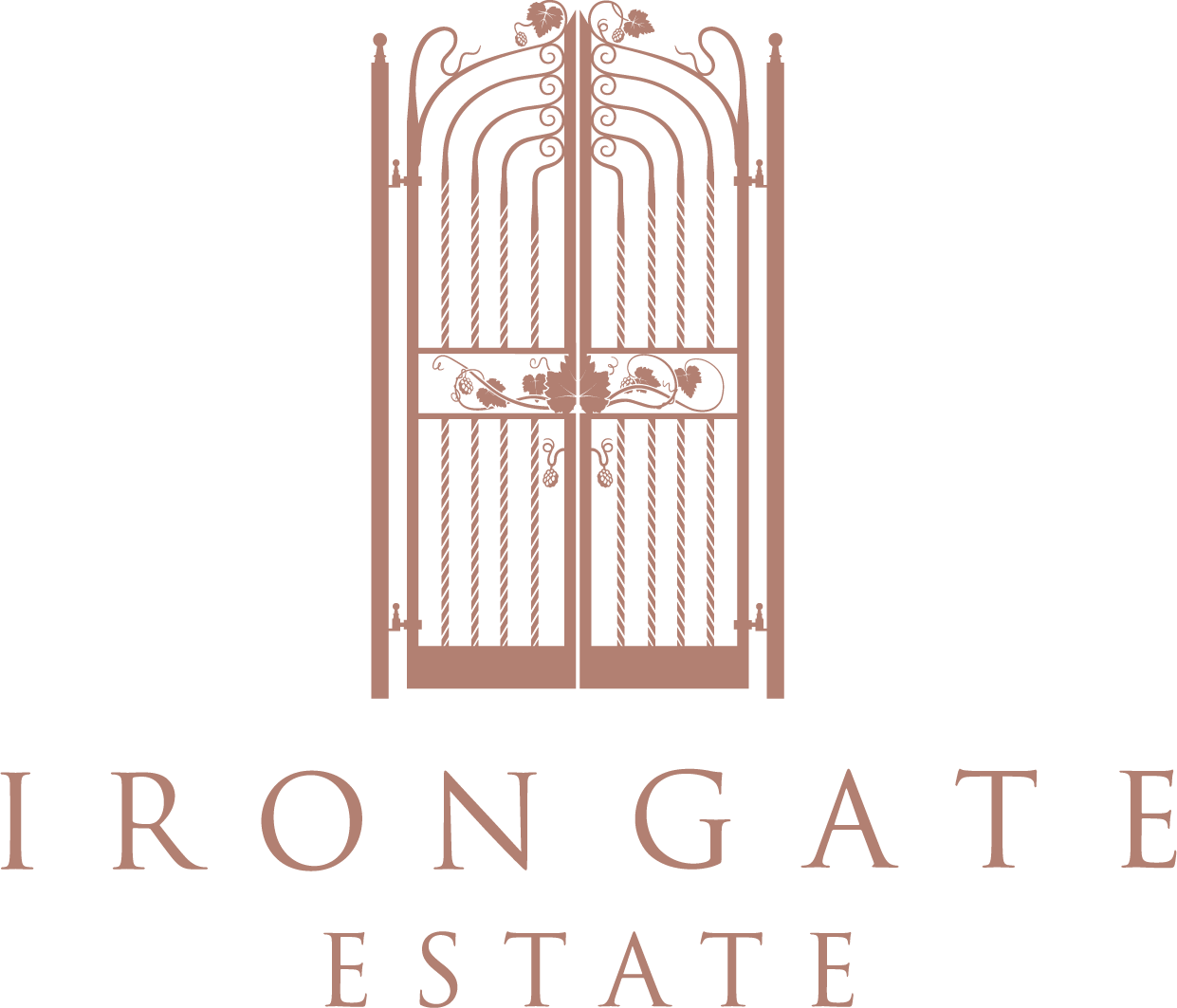

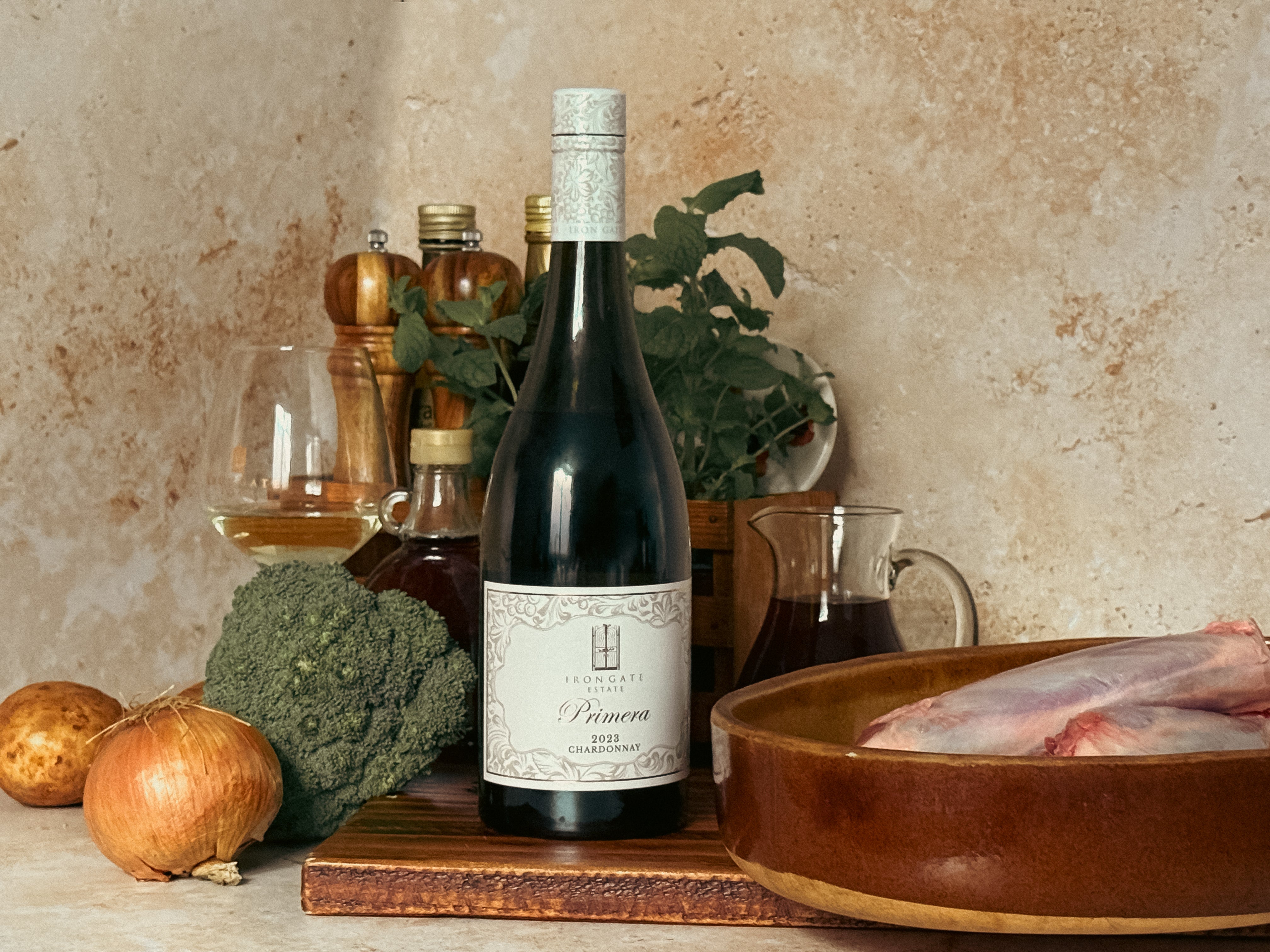
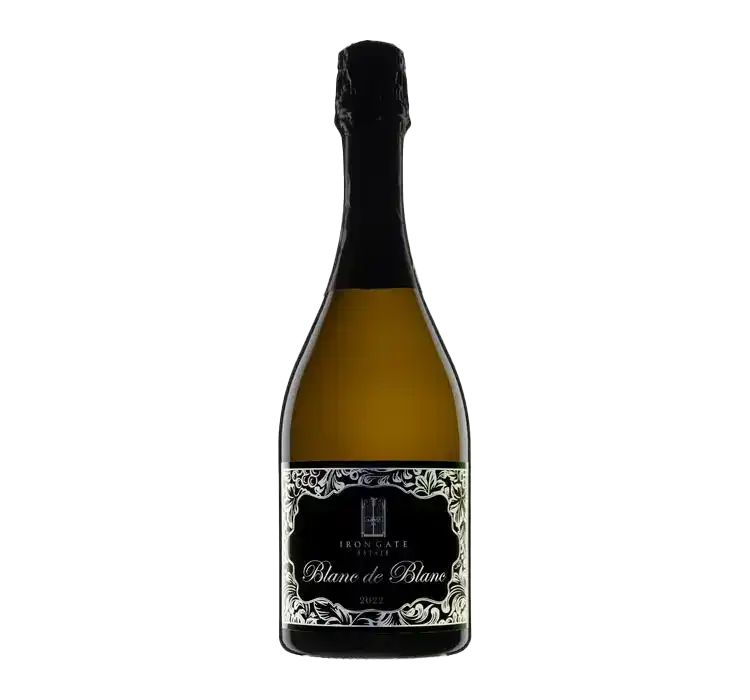

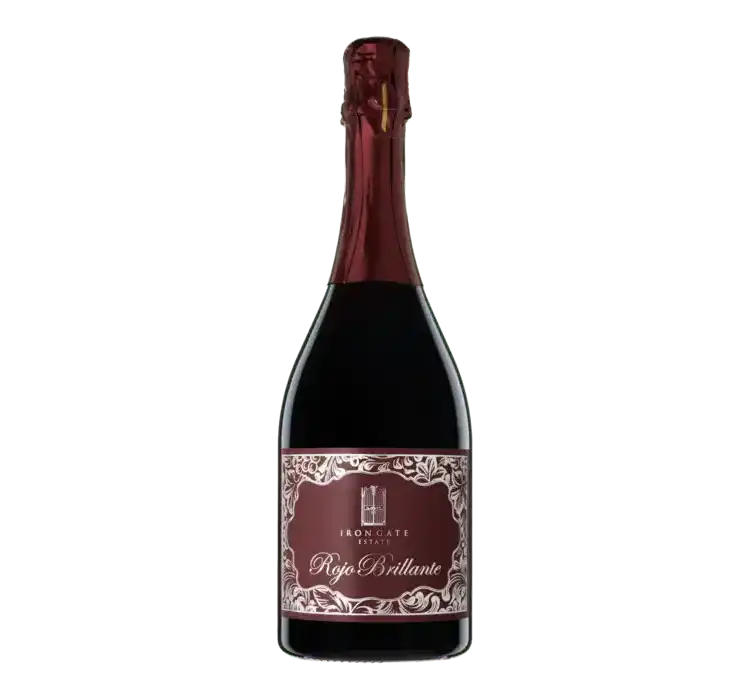
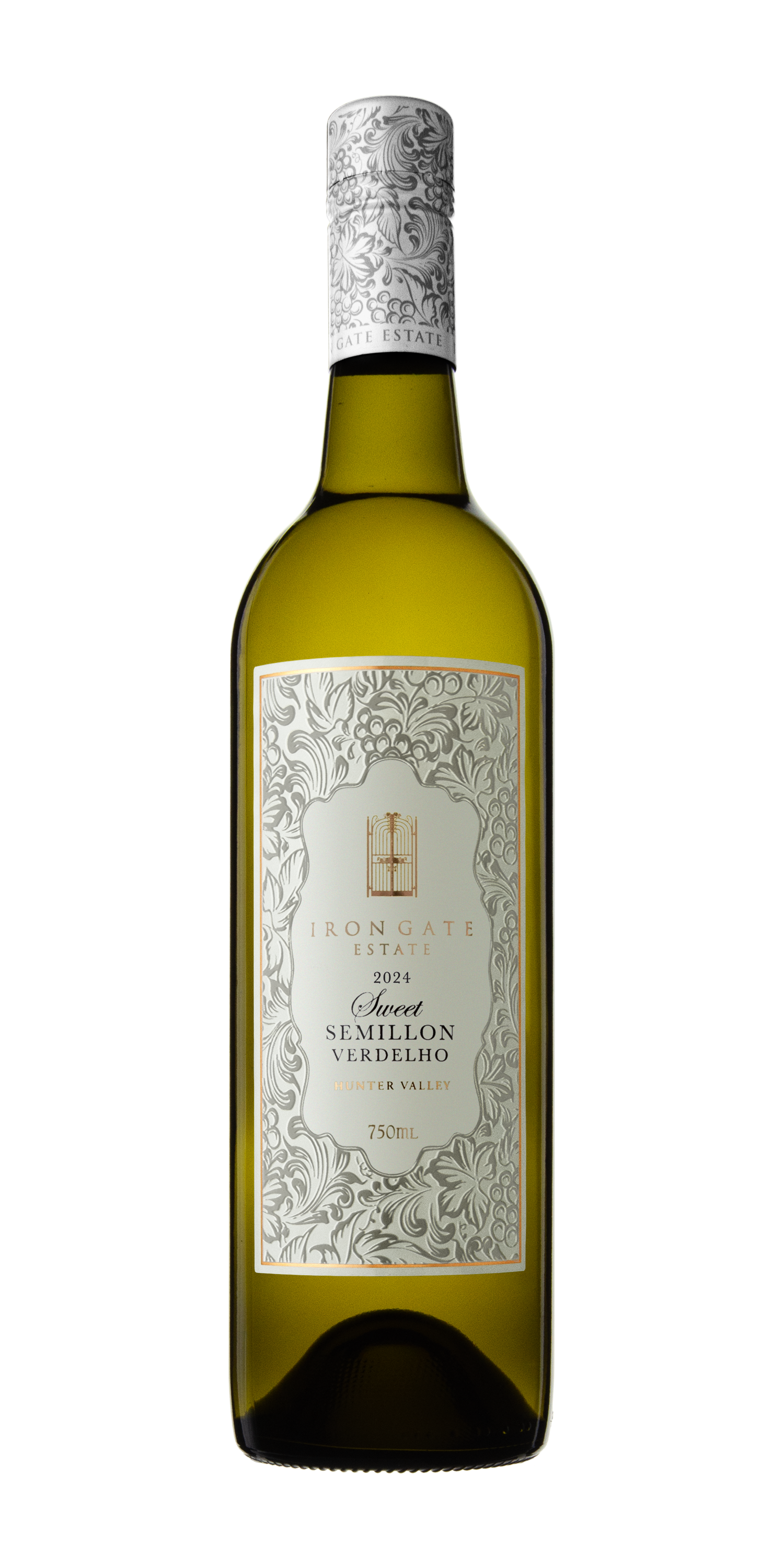
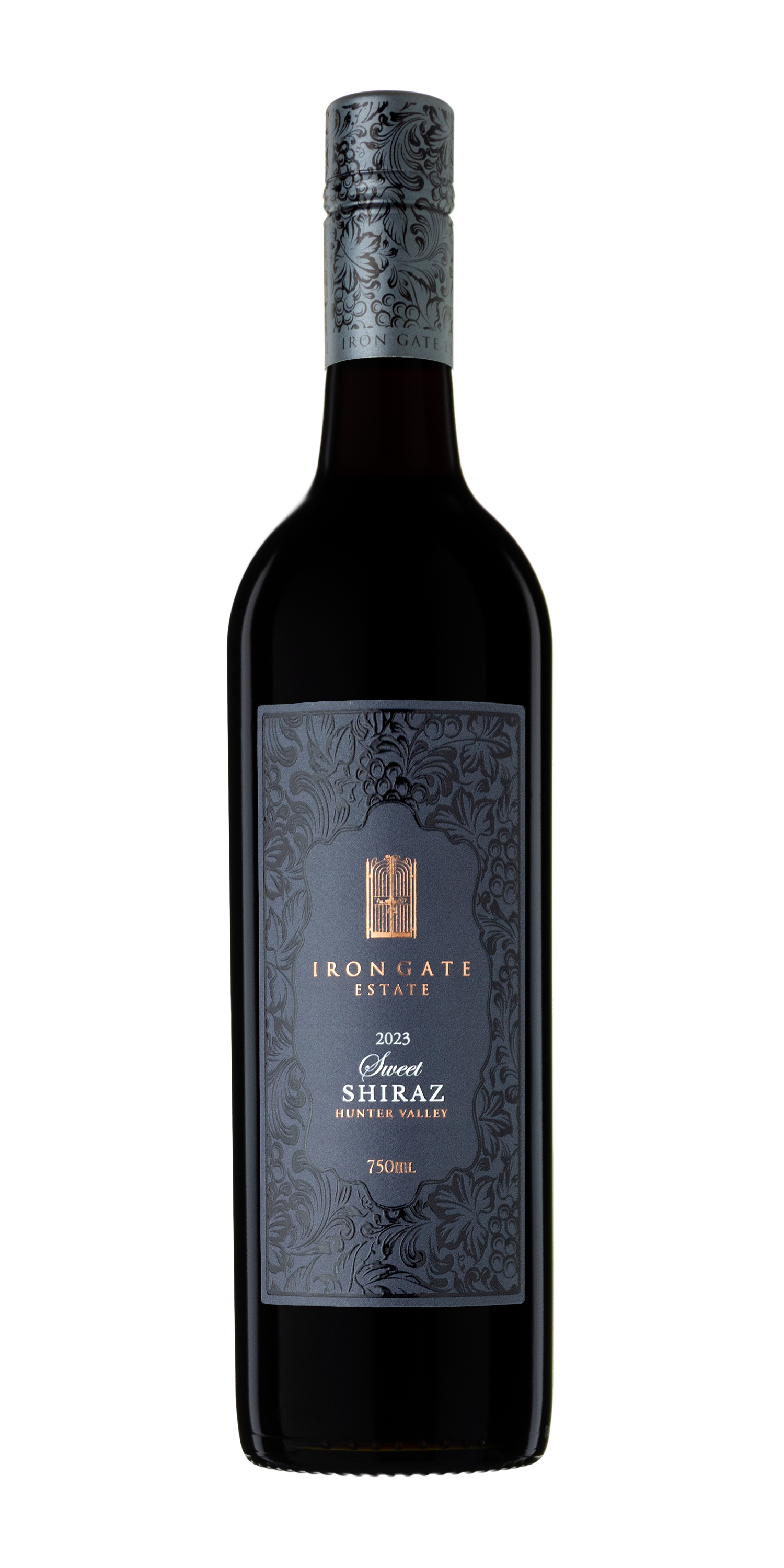
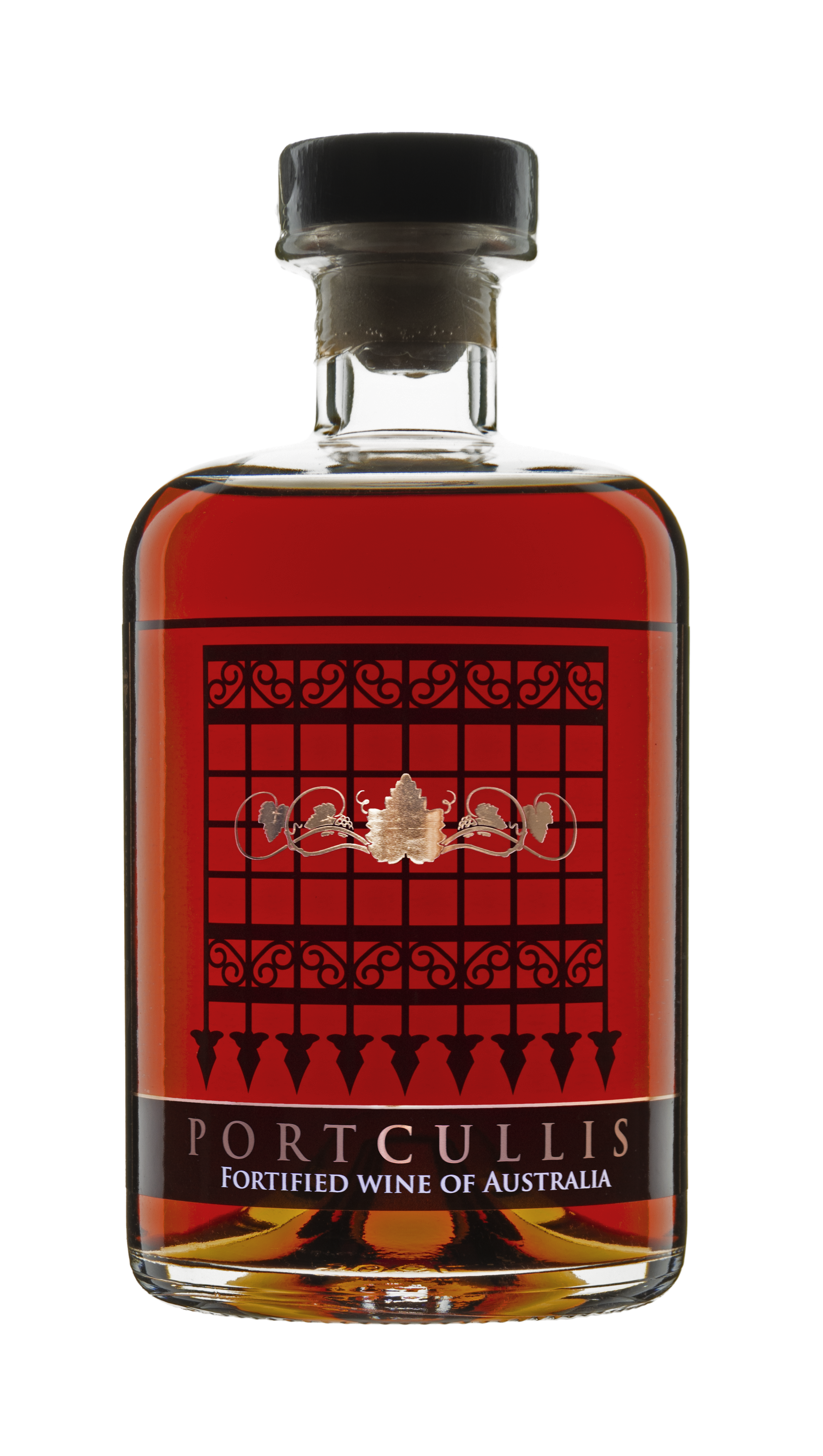



Leave a comment
This site is protected by hCaptcha and the hCaptcha Privacy Policy and Terms of Service apply.